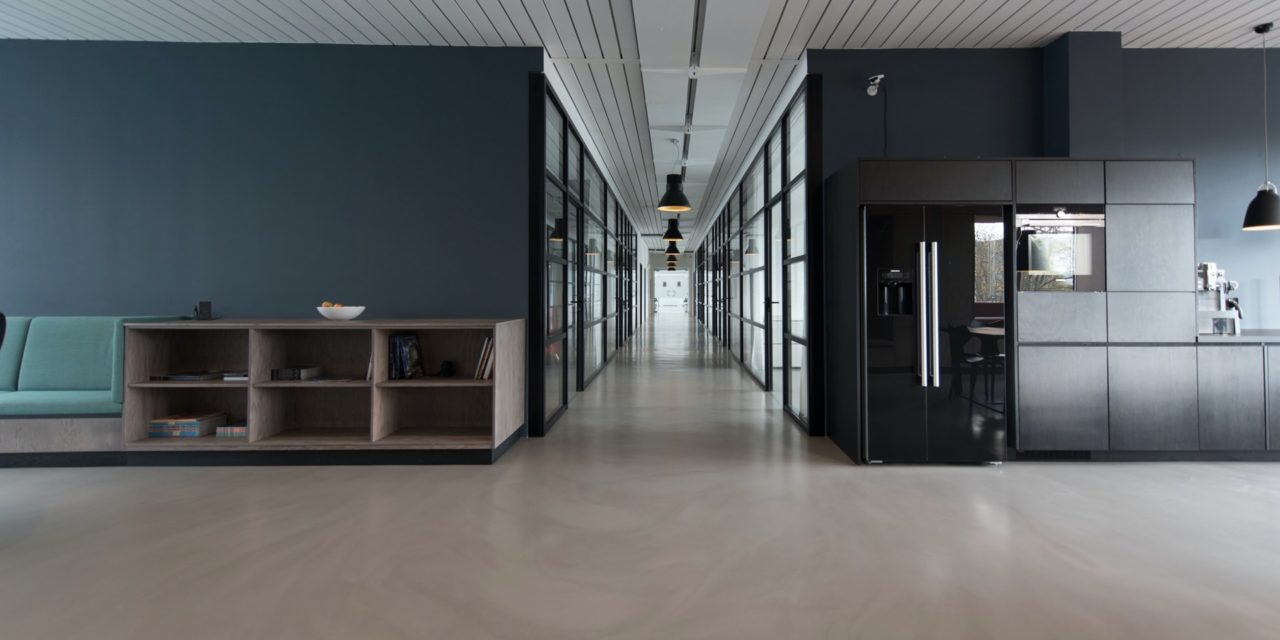[ad_1]
This article will compare the 44-inch wide Epson Stylus Pro 9890, announced Fall 2010, with the Stylus Pro 9900 and 9880. While these printers share many of the same features, a few differences will be examined. These differences include the ink set, color gamut and print speeds.
Epson Stylus Pro 9880
The 9880 was released in mid-2007 replacing the Stylus Pro 9800. The main difference between the 9880 and the 9800 was a reformulated magenta ink formula. The two new inks were called Vivid Magenta and Vivid Light Magenta. This printer uses a total of eight inks with the choice of either Matte Black or Photo Black ink being loaded in the printer at any given time. A purge process is required to switch black inks, usually taking about 15 minutes and more than $30 worth of ink.
With each model that is released, print speed usually improves. The 9880 can produce a 16×20 in 6:41 and a 20×30 in about 12:00. The print speed is based on the printer being used in SuperFine 1440 dpi mode.
Epson Stylus Pro 9900
The 9900 was released in December of 2008 as an additional option to the 9880 aimed primarily at the packaging and proofing market. This printer added an Orange and Green ink to help expand the color gamut that the printer is able to produce. Epson also added the ability to auto-switch between Photo Black and Matte Black ink. This auto-switch capability is something that photographers and fine art printers had been waiting for. Based on this and the expanded color gamut, those businesses needing to produce high quality photographic and fine art output quickly migrated to this printer.
The Epson Stylus Pro 9900 also offered improved print speeds over the 9880. Print times are a minimum of 25% faster than the 9880. The 9900 can produce a 16×20 in 3:47 and a 20×30 in 6:39. Like the 9880, the print speed is based on using SuperFine 1449 dpi mode.
Epson Stylus Pro 9890
The Epson Stylus Pro 9890 was released in December of 2010. As stated previously, the 9900 initially targeted the packaging and proofing market. The 9890 was designed with the photographic and fine art print market in mind.
When compared to the 9900, the 9890 has the same ink set, minus the orange and green inks. While the orange and green inks expanded the color gamut compared to the 9880, most photographers and fine art printers couldn't take full advantage of the gamut produced by these two inks. The end result is a printer that performs like the 9900, but users have the option of purchasing this printer at a lower price point and do not have to stock two additional inks.
The 9890 also offers improved print speeds compared to the 9880. These print speeds are identical to the 9900. A 16×20 can be printed in 3:47 and a 20×30 in 6:39 in SuperFine 1440 dpi mode.
Conclusions
The Stylus Pro 9900 and 9890 meet the needs of those businesses requiring high-resolution, photographic quality prints. Both printers offer an expanded color gamut over the 9880, with the 9900 having the largest gamut. However, the 9890 should meet the needs of the vast majority of users, especially photographers and fine art printers. Both printers also offer improved print speeds over the Stylus Pro 9880. Keep in mind that print speeds are measured when the print head starts moving and when the print is finished. Total throughput times will vary based on RIP software, image size, resolution, and printer connection type.
[ad_2]
Source by Sean P McGettigan

